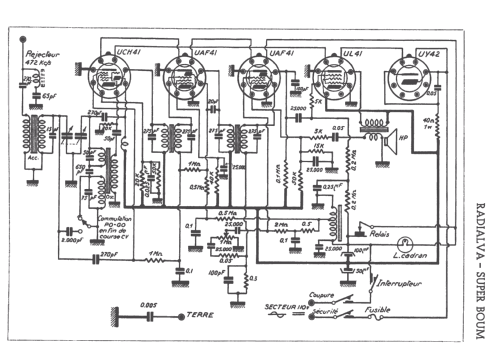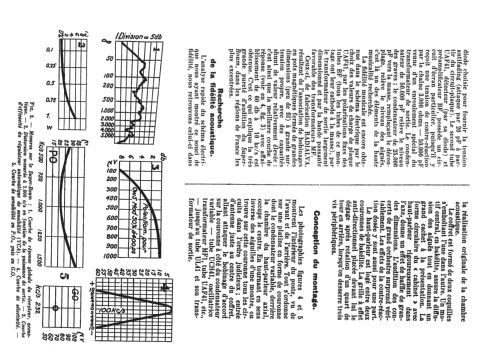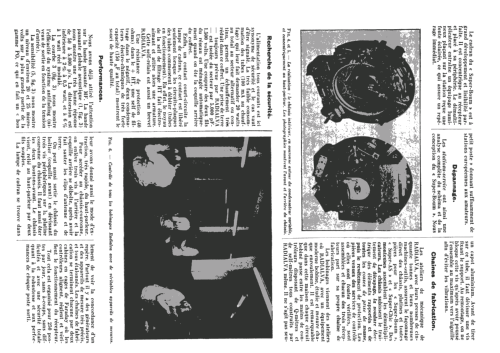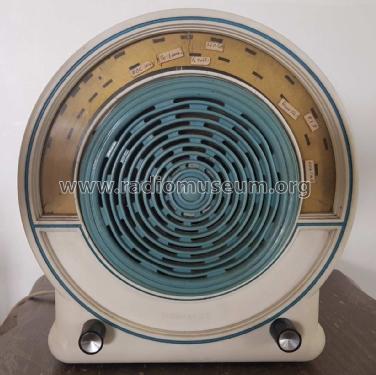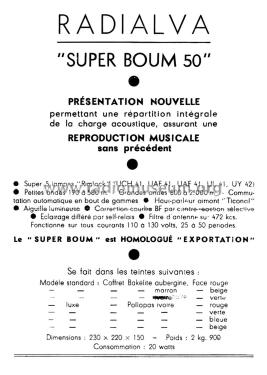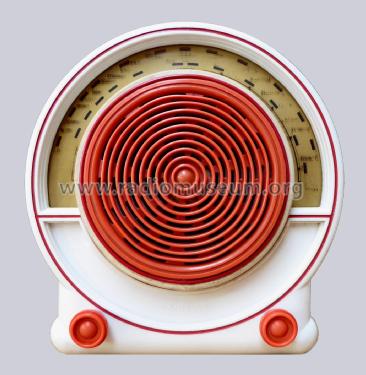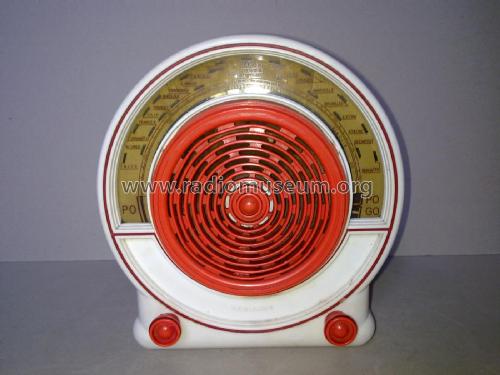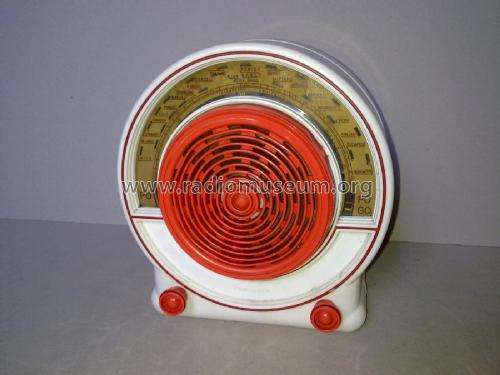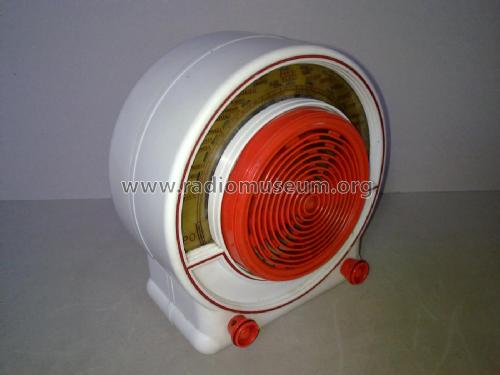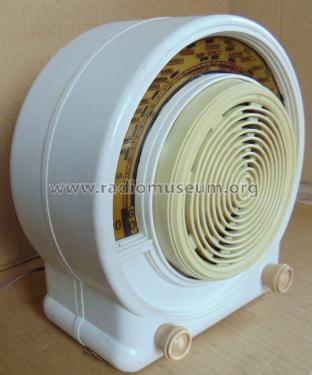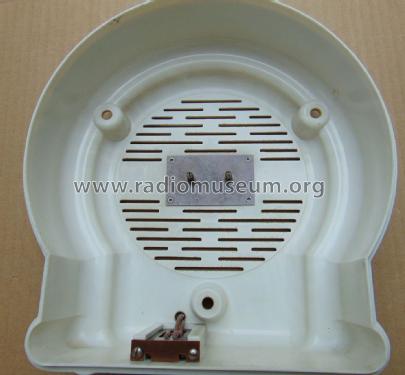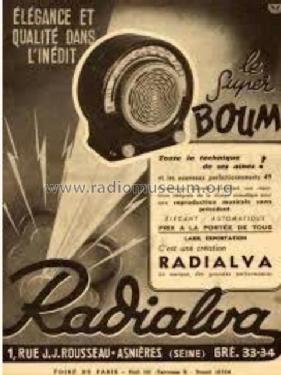Super Boum 50 luxe, pollopas
Radialva, Véchambre Frères; Asnières, Courbevoie, Saint-Denis
- Pays
- France
- Fabricant / Marque
- Radialva, Véchambre Frères; Asnières, Courbevoie, Saint-Denis
- Année
- 1949/1950
- Catégorie
- Radio - ou tuner d'après la guerre 1939-45
- Radiomuseum.org ID
- 305334
Cliquez sur la vignette du schéma pour le demander en tant que document gratuit.
- No. de tubes
- 5
- Principe général
- Super hétérodyne (en général); FI/IF 472 kHz; 2 Etage(s) BF
- Circuits accordés
- 6 Circuits MA (AM)
- Gammes d'ondes
- PO et GO
- Tension / type courant
- Appareil tous courants (CA / CC) / 110-130 Volt
- Haut-parleur
- HP dynamique à aimant permanent + bobine mobile / Ø 12 cm = 4.7 inch
- Matière
- Matériel spécial, décrit dans les notes
- De Radiomuseum.org
- Modèle: Super Boum 50 [luxe, pollopas] - Radialva, Véchambre Frères;
- Forme
- Radio publicitaire ou gadget
- Dimensions (LHP)
- 220 x 230 x 150 mm / 8.7 x 9.1 x 5.9 inch
- Remarques
-
2 gammes d'ondes : PO de 190 à 580 m, GO de 800 à 2000 m. Commutation automatique en bout de gammes. Aiguille lumineuse. Correction courbe BF par contre-réaction sélective.
Alimentation sur secteur tous courants 110 à 130 volts, 25 à 50 périodes.
Modèle luxe en coffret pollopas, teintes :
- coffret ivoire, face rouge
- coffret ivoire, face verte
- coffret ivoire, face bleue
- coffret ivoire, face beige
Voir aussi modèle Super Boum 50 standard en coffret bakélite.
- Poids net
- 2.9 kg / 6 lb 6.2 oz (6.388 lb)
- Littérature
- Le Guide du Collectionneur TSF Biraud/Foster, Vol. II (page 272)
- Schémathèque (1)
- Radio Constructeur et Dépanneur (1949)
- Schémathèque (2)
- -- Original prospect or advert
- D'autres Modèles
-
Vous pourrez trouver sous ce lien 191 modèles d'appareils, 156 avec des images et 61 avec des schémas.
Tous les appareils de Radialva, Véchambre Frères; Asnières, Courbevoie, Saint-Denis
Collections
Le modèle Super Boum fait partie des collections des membres suivants.
Contributions du forum pour ce modèle: Radialva, Véchambre: Super Boum 50
Discussions: 1 | Publications: 1
Im Gesamtprospekt "Recepteurs Radialva Saison 1950-51" bietet Radialva den Super Boum nunmehr in der Bestückung UCH42 UAF42 UAF42 UL41 UY42 an. Der Preis beträgt jetzt 11 900 Frs. Der Super Boum war damit das zweitbilligste Gerät der gesamten Palette von 9 Modellen und gehört jetzt zu den teuren Sammlerobjekten, wenngleich sich (inzwischen?) bei der Pollopasausführung auch Negatives zeigt: Im Innern des Materials sind je nach Lichtverhältnisse mehr oder weniger deutlich Schlieren zu sehen, verursacht durch die bei der Herstellung entstandene unterschiedliche Dichte.
Manfred Rathgeb, 15.Dec.20
